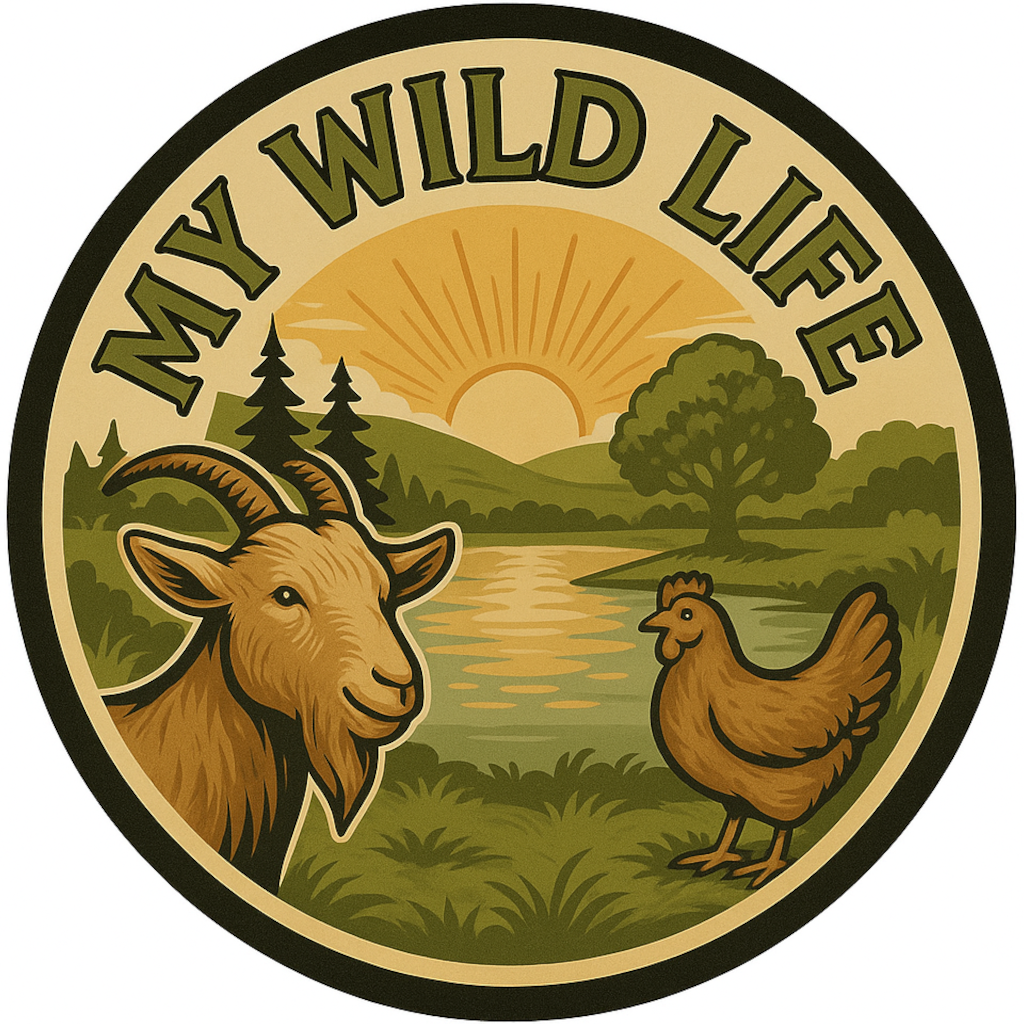Chanterelles - The Complete How to Guide
Step 1: Enjoy the journey
Whether I am fishing, hunting, or foraging I always try to take the time to enjoy the journey just as much as the destination. This way if you don’t end up finding what you were looking for you won’t walk away with frustration, but rather a sense of appreciation.
Step 2: Look for mature hardwood forests. We’re talking leafy trees. I’ve heard of chantrelles in pine forests, but I have only ever found them among Birch, Poplar, Maple, Oak, and Willoe forests. They like the cool cover provided by the overhead leaves, as well as the damp environment of the leafy forest floor. They grow mid season, July to September and there are over 50 variations of the Chanterelle, so if yours look slightly different, that doesn’t necessarily mean it isn’t one. Consult local field guides or other forages to confirm before eating them. Once you find your patch remember it, because they will regrow year after year. Like a good fishing hole, don’t tell too many people about your spot! Foraging for Chanterelles is a great family activity, so if you’ve got them, bring the kids!
Step 3: Harvest Responsibly
Like a flower, you don’t want to pull them out by the root. Instead use a knife to cut them at the base. This gives the mushroom a chance to regrow, allowing them to drop more spores and increase in abundance year after year. Also harvest selectively, don’t harvest an entire patch, leave some behind. And yes, I did allow my children to pluck the hole mushroom, but i thought that was wiser than giving them knives!
Step 4: Watch for Predators
This is a goldenrod Crab spider. This guy here is harmless to humans, but if you live in an area with poisonous spiders or snakes, or cougars and bears, its always best to keep an open eye when delving into the forest.
Step 5: Be Sure!
Here I am stumbling upon what I believe is a lookalike, the poisonous jack o lantern. There are many ways to tell if your looking at a jackolantern vs a chanterelle. 1, the smell. Chantrelles have a distinct pleasant smell, whereas jackolanterns grow on dead wood and are more “mushroomy”. Also chanterelles have a white inside, jackolanterns are more orangy. Jackolanterns also glow in the dark, a good sign not to eat them. Either way, if you aren’t sure, its best to pass. You can take pictures or a sample and compare to online resources or anyone else you know who forage in your area!
Step 6: Watch for other edibles!
What I try and do I learn one new forest edible each year. This way I can learn it with confidence, remember step 5. Here is a Scaber Bolete, and some edible Dwarf Rasberries found while hunting chanterelles!
Step 7: wash your mushrooms
Some people say not to wash wild mushrooms to preserve flavor, but I am in favour of washing them to remove slug slime and any toxic spores that might have blown my way not to mention the dirt and leaves.
Step 8: Preparation
I like to thinly slice my chanterelles. This way I can inspect the insides for any creepy crawlies or rot and ensure I am looking at a good mushroom. From here I can either cook them fresh, dehydrate them for later, or pressure can them. Freshly harvested Chanterelles can be stored up to 10 days in the fridge, preferably in a paper bag, for later processing. But I like to get at it right away.
When dehydrating I lay them on their racks spread out with lots of room to breathe. I then dehydrate them for 5-8hours depending on their moisture level until they are fully dry and crunchy. You will notice a significant amount of shrinkage when dehydrated. Dehydrated chanterelles still need to be cooked before consumption, but can be stored in jars in a cool dark environment such as your pantry for years. When pressure canning we are looking at roughly 11psi held for 45 minutes, at which point you can store them ready to eat!
Step 9: Cooking
For fresh or dehydrated chanterelles this is my preferred cooking method. Take your dry pan and heat it up to medium high heat. Place your chanterelles directly onto the pan and let the water simmer out. This is a very satisfying experience! Move them around and flip them over until you not longer get a sizzle. At this point I add some cooking oil and butter to the pan. The chantrelles drink that up and continue to cook for a few minutes and you are ready to eat. When cooked from fresh I like to add them to rice or steak dishes, but I absolutely eat them on their own like this as well. When it comes to the dehydrated chanterelles, you can rehydrate them in boiling water, or I like to cook them in the same oil butter mix and fry them to a nice crisp and eat them like potatoe chips as a side dish or late night snack!
Step 10: Enjoy every last crumb!
